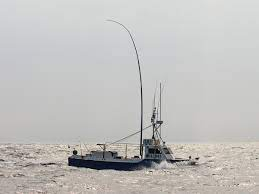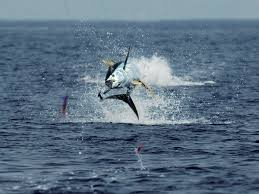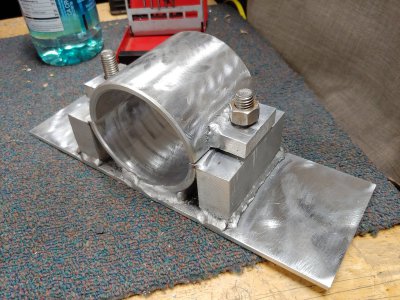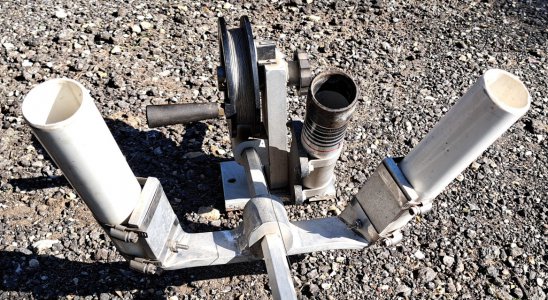I’m going to be the wet blanket here.
As you probably know, landing a marlin (hard to tell, but looks like a marlin) involves some pretty serious force.
Looking at the welds, I’m seeing a lot of voids and what looks like poor penetration. What it looks like is immaterial, unless it looks like poor penetration.
For example: from the pics, it looks like the rh side “block” is undercut where the weld is and the other side of the weld where it meets the plate looks like its mostly on the surface, which indicates poor penetration. Pretty common issue with amateur welders: you’re concerned with getting the thick block right and thinking the thin part will be ok because of the amperage you’re running to penetrate the thick block. Don’t feel bad if that actually is what I‘m seeing, its very challenging to join a thick piece of Al to a (relatively) thin one. Its difficult to get the thick piece to not suck away the heat at the weld while making sure the thin piece doesn’t melt and “slough off”. Getting the settings right to puddle the thick piece and not blow away the thin piece is a very fine balance. There’s a lot more to it than just getting the amperage right and I think I see what might be some “technique” issues.
It may hold, it may not. If it were mine, I wouldn’t trust those welds to hold back the forces that game fish is going to put it through.
I’m not trying to be a jerk, I’m just trying to give you my honest assessment based on what I see in those pics.










